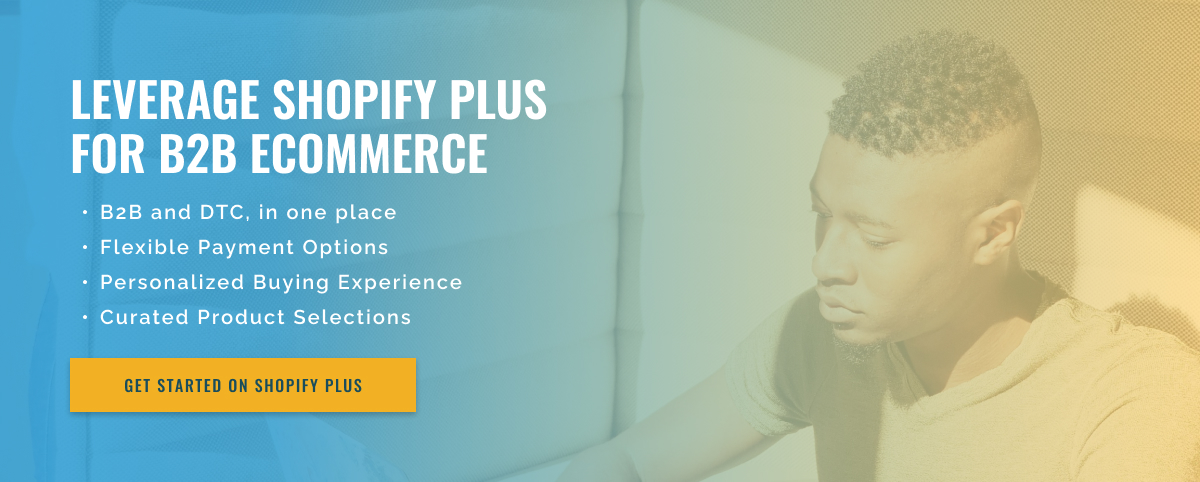3 minute read
B2B Onboarding: Tailored Experiences for Shopify Developers
As the world of digital commerce evolves, more and more businesses are turning to Shopify for their B2B needs. With its easy-to-use platform and customizable features, Shopify has become a popular choice for developers looking to create personalized onboarding experiences for B2B customers.
But how can developers use Shopify to create an exceptional onboarding experience for their B2B customers? In this blog post, we’ll discuss some strategies that can help developers create a seamless and personalized onboarding experience for B2B customers on Shopify.
1. Understand the needs of your B2B customers: The first step to creating a successful onboarding experience is to understand the needs of your customers. As a developer, it’s important to have a deep understanding of your B2B customers’ business model, sales process, and target audience. With this knowledge, you can tailor your onboarding experience to the specific needs of your B2B customers.
2. Take Advantage of Shopify’s Customization Features: One of the biggest advantages of Shopify is the ability to customize the user experience. As a developer, you can use this feature to create a unique onboarding experience for your B2B customers. This can include customizing your website design and layout, creating custom product catalogs, and implementing personalized messaging and branding.
3. Offer personalized product demos: It’s important for B2B customers to understand how your products or services can benefit their business. Developers can use Shopify to create personalized product demos that showcase the features and benefits of their offerings. This can take the form of videos, interactive elements, or virtual tours where customers can get up-close and personal with your products.
4. Integrate with other business tools: Integrating Shopify with other business tools, such as customer relationship management (CRM) systems or accounting software, can further enhance your B2B customer onboarding experience. This integration simplifies the process for customers and makes it easier for them to seamlessly manage their accounts and orders.
5. Have a clear and concise onboarding process: An important aspect of a successful onboarding is making sure that the process is simple and easy to follow. As a developer, it’s important to create a user-friendly onboarding process that guides customers through the necessary steps to set up their account and make purchases. This can include providing clear instructions and tutorials, as well as providing support for any issues that arise.

